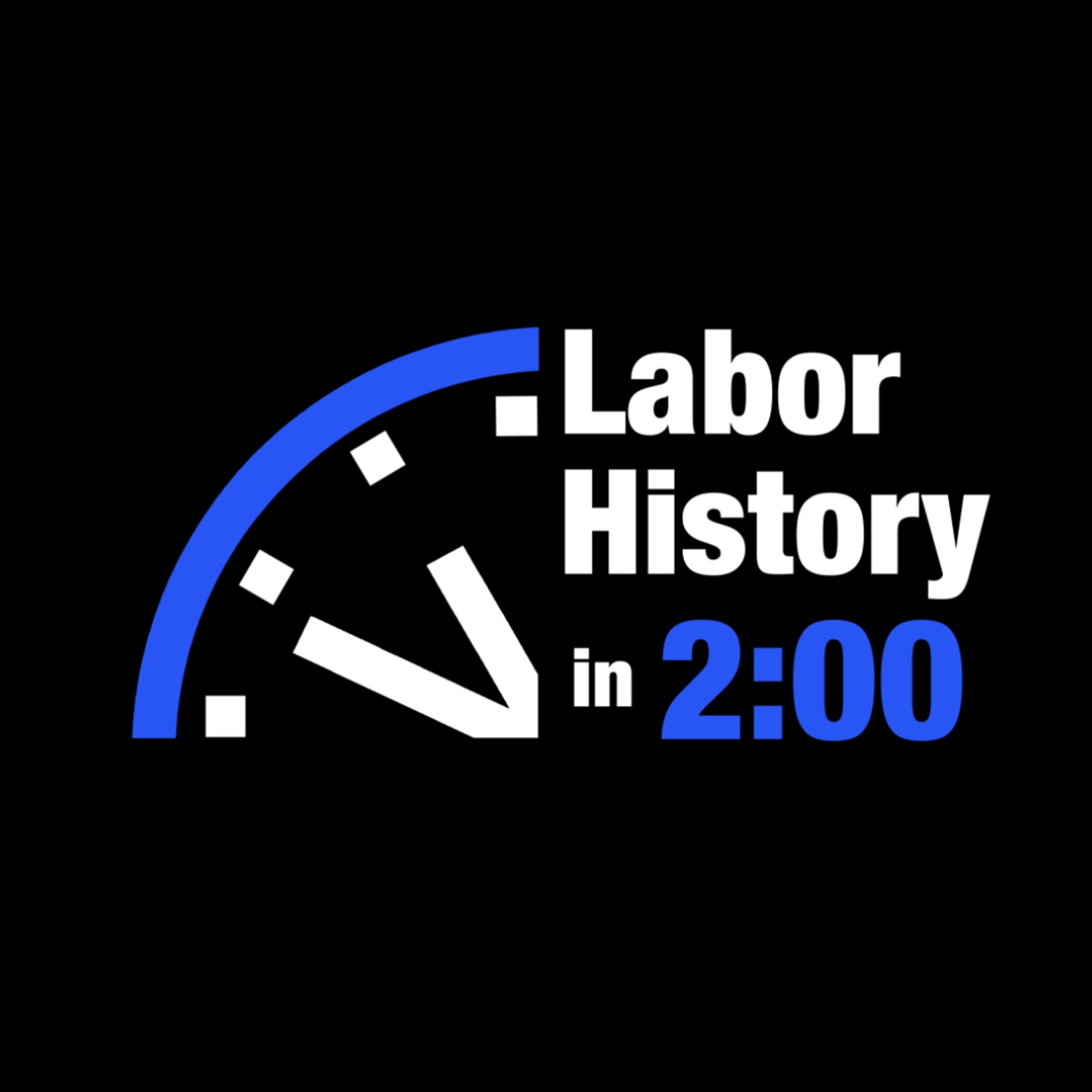Episodes
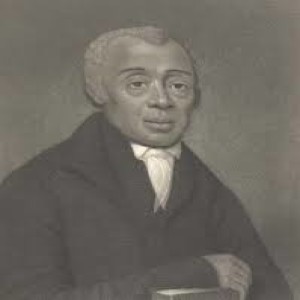
Sunday Sep 20, 2020
September 20 - The Fight for Equality
Sunday Sep 20, 2020
Sunday Sep 20, 2020
On this day in Labor History the year was 1830.
That was the day that the Reverend Richard Allen brought black leaders together at his Mother Bethel A.M.E. Church in Philadelphia.
They met to discuss the rising white racial violence and discrimination toward free black residents of northern cities.
Forty people answered Allen’s call, representing seven states.
The delegates included many of the leading black ministers and abolitionists of the day.
Those who attended risked personal harm as white mobs threatened the delegates.
Due to the danger, the group met in secret starting on September 15th.
Then on this day they began open sessions.
For five days the delegates considered multiple responses to the conditions black northerners faced.
They founded the “American Society for Free Persons of Colour for Improving their Condition in the United States: For Purchasing Lands: and for Establishment of a Settlement in the Province of Canada.”
The organization emphasized pushing for legal protections for black residents in the United States.
They focused on education as a means of uplifting and improving the lives of black citizens.
But delegates also supported the idea of an outlet to Canada for those black families who wanted to leave for their safety.
The national Convention reconvened several times over the next three decades.
Multiple meetings were held at the state and local levels.
These meetings gave black leaders a chance to devise coordinated strategies to stand up against the increasing violence and restrictive laws of the North, and to call for the end of slavery in the South.
One outcome of these meetings was the founding of labor schools to train black students in the skilled trades, as means to gain economic independence.
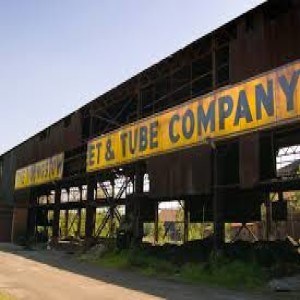
Saturday Sep 19, 2020
September 19 - The End of My Sweet Jennie
Saturday Sep 19, 2020
Saturday Sep 19, 2020
On this day in Labor History the year was 1977.
That was the day that is remembered in Youngstown, Ohio as “Black Monday.”
The Youngstown Sheet & Tube Company announced plans to close its doors laying off more than 4,000 workers.
Youngstown was a steel town.
During the first half of the twentieth century, plants were booming.
Youngstown was a union town, a stronghold for the United Steelworkers by the 1940s.
But by the 1970s the once booming steel industry was going bust in Youngstown.
More and more jobs moved overseas and to states with less union protections.
Black Monday began a devastating series of plant closings.
Two years later Brier Hill Mill closed, followed in 1980 by US Steel.
In 1985 it was Republic Steels’ turn.
By the early 1990s, the steel industry, which had once employed 40,000 people only had 1,000 workers left in Youngstown.
William Lawson, the Executive Director of the Mahoning Valley Historical Society, recalled the impact of the closings.
“Over the course of my high school career, many boys and girls I had known in grade school left—some in the middle of school years, most during the summers—as their parents accepted transfers…to work in other plants around the country, or lost their jobs and went out in search of employment elsewhere.”
In 1997, the Jeanette Furnace at the shuttered Briar Hill plant was dynamited, despite preservationists’ efforts to save it.
Bringing down the “Sweet Jennie” furnace became symbol of Youngstown’s economic ruin, memorialized in Bruce Springtseen’s song Youngstown.
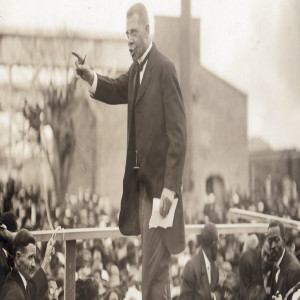
Friday Sep 18, 2020
September 18 - The Atlanta Compromise
Friday Sep 18, 2020
Friday Sep 18, 2020
On this day in Labor History the year was 1895.
That was the day that Booker T. Washington delivered what came to be known as the “Atlanta Compromise Speech,” which outlined his vision for race relations and black labor in the South.
Washington was the founder of the Tuskegee Normal and Industrial Institute, a college to train black students for careers in teaching, farming and other trades.
Washington was invited to give an address to the Cotton States and International Exposition in Atlanta.
It was the first time that a black man was asked to speak before a black and white Southern audience.
In his speech he urged Southern land owners and business leaders to employ black labor over European immigrants.
He said, “To those of the white race who look to the incoming of those of foreign birth and strange tongue and habits for the prosperity of the South, were I permitted, I would repeat what I say to my own race, “Cast down your bucket where you are.”
He continued, “Cast it down among those people who have, without strikes and labor wars, tilled your fields, cleared your forests, built your railroads and cities, and brought forth treasures from the bowels of the earth and helped make possible this magnificent representation of the progress of the South.”
His speech outlined a plan for gradual black economic advancement.
He declared, “agitation of questions of social equality is the extremist folly.”
Other black leaders, most notably W. E. B. Du Bois rejected Booker T. Washington’s ideas of gradual advancement.
Instead DuBois fought racial discrimination through the legal system and helped to found the National Association for the Advancement of Colored People, the NAACP.
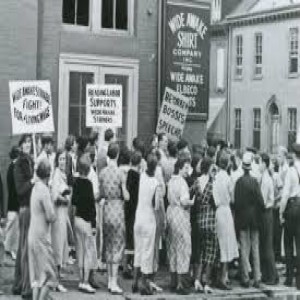
Thursday Sep 17, 2020
September 17 - Striking in the South
Thursday Sep 17, 2020
Thursday Sep 17, 2020
On this day in Labor History the year was 1934.
That was the day that leading Southern textile employers met together in Greenville, North Carolina.
They met to plan a coordinated response to the national textile strike.
The Great Depression had ravaged the textile industry.
Workers were subjected to the “stretch out.”
Fewer workers were expected to work at a faster pace and produce the same amounts of products.
Work in textile mills was already grueling.
The stretch out made conditions even more unbearable.
Fed up, 20,000 southern workers walked off the job in July.
From there the numbers grew.
On Labor Day, 65,000 workers in North Carolina joined the strike.
Strikers confronted scabs and moved to close down mills not participating in the strike.
They also disrupted railroad traffic.
In response, the National Guard was called out against the strikers.
Violence erupted between the strikers and armed police and strikebreakers throughout the South and New England.
The Southern owners decided it was time to marshal their own response to the strike.
According to historian Jeremy Brecher, “An army of 10,000 National Guardsmen was mobilized in Georgia, South Carolina, North Carolina, Alabama and Mississippi, supplemented by 15,000 armed deputies.”
But despite this show of force the strike grew.
More than 400,000 textile workers had walked off the job.
In response, President Franklin Roosevelt's’ administration declared that the working conditions and wages in the industry should be studied.
Although there were no guarantees for improvement, union leaders called off the strike.
Much to the anger of many rank-and-file union members, one of the largest worker actions in U.S. history, and one of the most important uprisings of Southern labor, was ended.

Wednesday Sep 16, 2020
September 16 - NHL Management Locks Out Its Players
Wednesday Sep 16, 2020
Wednesday Sep 16, 2020
September 16, 2016
On this day in Labor History the year was 2004.
That was not a good day for hockey fans.
The National Hockey League owners locked out the players.
The owners and players’ union could not come to an agreement on issues including pay, free agency rules and drug testing.
League owners also wanted to implement a salary cap.
The Players’ Association objected.
The first game of the season was supposed to take place on October 13th.
But across the country, the arenas stood silent.
As the impasse dragged on, in February the League announced the season was cancelled.
The Associated Press reported, A hockey season on the brink is now a season gone bust. The NHL canceled what was left of its decimated schedule Wednesday after a round of last-gasp negotiations failed to resolvedifferences over a salary cap -- the flash-point issue that led to a lockout.”
The article continued, “No Stanley Cup champion will be crowned, the first time that's happened since 1919, when the 2-year-old league called off the finals because of a flu epidemic.”
It was the first time that a North American professional sports league lost a full season to a labor dispute.
Some of the players found work in the European leagues at greatly reduced pay.
It is estimated the league lost $2 billion and that the players lost $1 billion in salaries.
The impact of the lock out rippled through restaurants and other businesses that relied on the hockey crowds, causing layoffs for wait staff.
Finally, in July an agreement was reached.
The players gave in to the owners demand for a salary cap.
In 2012 another lockout by management cost NHL players another half of the season.
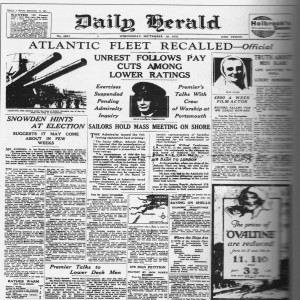
Tuesday Sep 15, 2020
September 15 - The Invergordon Mutiny
Tuesday Sep 15, 2020
Tuesday Sep 15, 2020
On this day in Labor History the year was 1931.
That was the day that came to be known as the Invergordon Mutiny in Scotland.
The global Great Depression had begun its sweep across Europe.
In response to the economic crisis, the British government began cutting the pay of public sector workers.
This included those in the armed forces.
This came at a time when more workers were joining the armed forces because of the rising unemployment that ravaged the private sector.
For those in the Navy the proposed pay cuts were ten percent for officers and as high as twenty-five percent for those under the rank of petty officer.
As news of the pay cuts spread, sailors at Invergordon held meetings to discuss their response.
Invergordon, Scotland had become an important harbor for the British fleet during World War One.
The sailors decided to strike.
On the day of the strike, several ships were scheduled to participate in exercises.
But the sailors on four vessels refused to take their ships out of the harbor.
Many men did not report for duty.
Naval leaders gave in quickly, reducing the severity of the pay cut.
But many of the leaders of the strike faced reprisals.
Some were jailed and others were drummed out of the Navy.
Spies for the Admiralty went below decks to monitor the sailors and report those who might cause future trouble.
Government leaders tried to keep news of the strike out of the news.
But workers’ rallies against public sector cuts spread to cities like Glasgow and London.
The strike also caused a panic at the London Stock Exchange
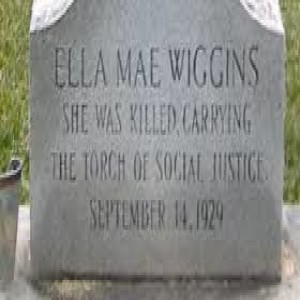
Monday Sep 14, 2020
September 14 - The Murder of Ella Mae Wiggins
Monday Sep 14, 2020
Monday Sep 14, 2020
On this day in Labor History the year was 1929.
That was the day that Ella Mae Wiggins was gunned down on her way to a rally of striking textile workers in North Carolina.
Ella Mae was born in the mountains of Tennessee.
Her father was a lumber jack who was killed on the job.
She and her brother then entered the textile mills to help support their family.
She married another mill employee and they had seven children.
When her husband left her, Ella Mae struggled to keep her family afloat.
When the Great Depression came textile mill workers were subjected to the “stretch out.”
Owners demanded that fewer workers quicken their pace to produce the same results.
In response textile workers began to organize and strike in Gaston County, the heart of the Southern textile industry.
Ella Mae became a local leader of the National Textile Workers’ Union.
She advocated organizing both white and black workers.
She became known for leading the other workers in song.
One of her most poignant songs was The Mill Mothers Lament.
The lyrics told her personal struggle of a mother trying to support her children.
On the day she was killed, Ella Mae was in a truck heading to a workers rally.
They were met by an armed mob, deployed by the mill owners.
The unarmed workers turned their truck around, but the mob chased them and gunned down Ella Mae.
Five people were charged but they were acquitted of her murder.
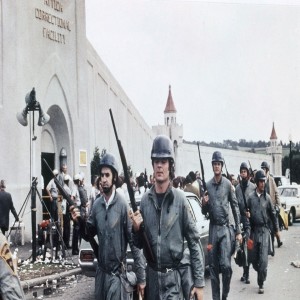
Sunday Sep 13, 2020
September 13 - Attica
Sunday Sep 13, 2020
Sunday Sep 13, 2020
On this day in Labor History the year was 1971.
That was the day that the state police stormed Attica Correctional Facility in New York.
Four days earlier the inmates had taken over the prison.
One guard was killed.
The guards were members of AFSCME Council 82.
The prisoners demanded improvements to their brutal living conditions in the overcrowded prison.
Police retook most of the prison.
But the inmates held guards hostage in Cell Block D.
One of the prisoners, Elliot James Barkley explained the takeover.
“We are men. We are not beasts and we do not depend to be beaten or driven as such. The entire prison populace, that means each and every one of us here, have set forth to change forever the ruthless brutalization and disregard for the lives of the prisoners here and throughout the United States.”
When the state police stormed the prison they dropped tear gas from helicopters.
They fired 3,000 rounds, firing on the prisoners and hostages indiscriminately.
They killed 29 inmates and 10 hostages.
The police claimed the prisoners had killed the hostages.
They also accused the inmates of committing atrocities against the guards.
Public outrage swelled against the inmates, including racially-charged hate directed at the black prisoners.
But autopsies proved that all those killed had been felled by police bullets.
Attica became rallying cry for those concerned about prison conditions.
It has been referenced by many in movies andsongs, including John Lennon’s Attica State
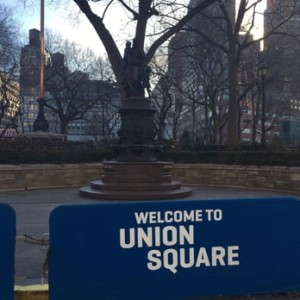
Saturday Sep 12, 2020
September 12 - The Making of a National Treasure
Saturday Sep 12, 2020
Saturday Sep 12, 2020
On this day in Labor History the year was 1997.
That was the day that Union Square in New York City was named a National Historic Landmark.
Republican Governor George Pataki explained the importance of the park in a press release.
“It is only fitting that the National Parks Service should recognize Union Square Park’s long history as a focal point for political expression. New York is proud that the first Labor Day Parade took place here in Union Square Park more than a hundred years ago, establishing a tradition that spread across the nation.”
Although the park was very important to the labor movement—that is not why it is known as “Union Square.”
The park got its name because it was the place of intersection, or union, of two busy New York roads—what are today Broadway and Fourth Avenue.
In 1831 the open space at the intersection was declared a public space.
The space became an important location for labor rallies and political demonstrations.
In 1882, the first Labor Day parade in U.S. history marched through the square.
10,000 workers waiving their banners high. In 1911, Union workers again gathered in Union Square to protest after the Triangle Shirtwaist Factory Fire killed 146 mostly young women and girls, some garment worker as young as 11 and 14 years old.
In the later 1920s the park was demolished for the construction of the New York Subway.
But the space continued be important to the city’s union movement.
In 2002, a series of twenty-two bronze plaques were dedicated at the park to tell the history of Union Square.
One of those plaques tells of the first Labor Day parade.
Another is a collage of images of labor demonstrations and sheet music of labor songs.
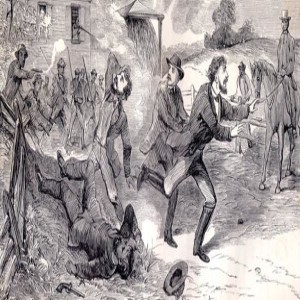
Friday Sep 11, 2020
September 11 - The Christiana Riot
Friday Sep 11, 2020
Friday Sep 11, 2020

